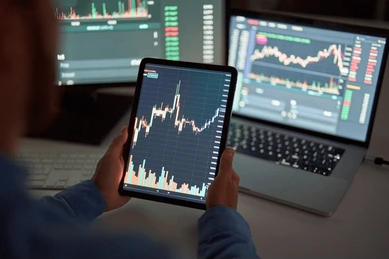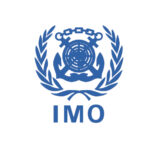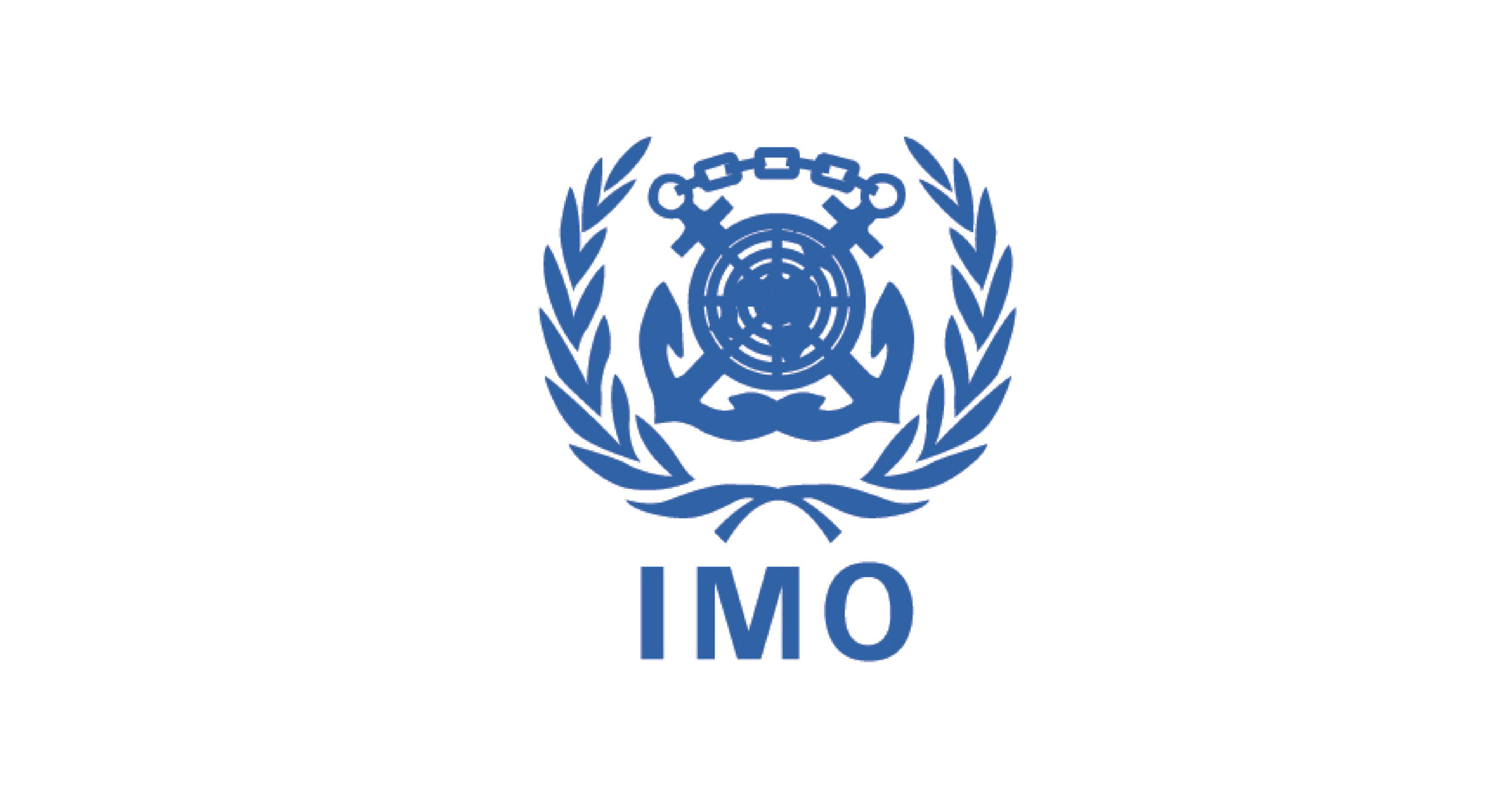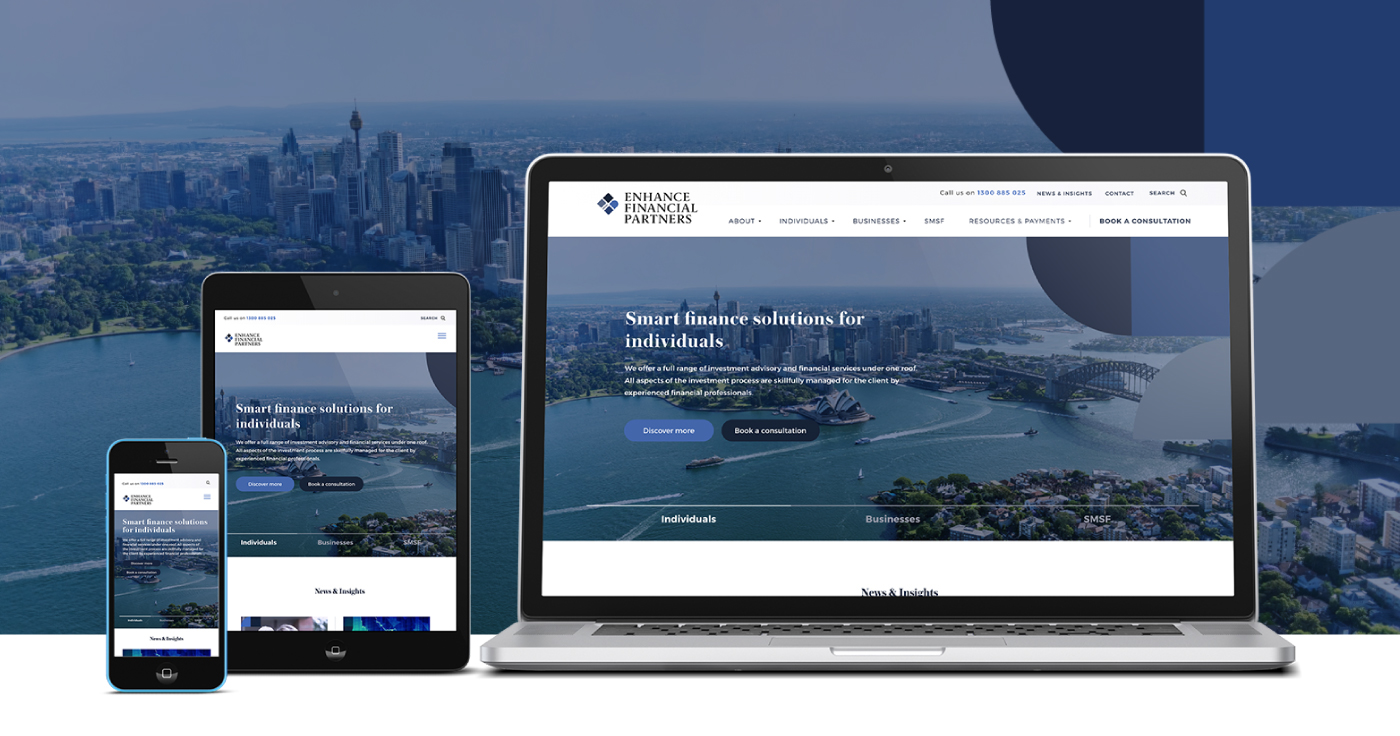In an era where economic powerhouses are shifting eastward, Asia stands at the forefront of reshaping global finance. The business trend ftasiafinance encompassing the dynamic interplay of Financial Times Asia’s insights into regional financial innovations highlights how Asia’s evolving markets are not just participating in the global economy but leading it. As of October 2025, with trade tensions easing slightly after the U.S. tariff pause and digital adoption surging, understanding these trends is crucial for investors, executives, and policymakers. Why does this matter? Asia’s projected 4.8% growth in 2025, outpacing many developed regions, could add trillions to global GDP, influencing everything from supply chains to investment portfolios. This article dives deep into the key drivers, challenges, and forecasts, offering actionable insights to navigate what’s next.
The Rise of ftAsiaFinance in the Global Economy
ftAsiaFinance, often spotlighted through platforms like FintechAsia and Financial Times events, represents the convergence of Asia’s rapid financial modernization with worldwide implications. It’s more than a buzzword; it’s a lens into how hubs like Singapore, Hong Kong, and Mumbai are fostering ecosystems that blend traditional banking with cutting-edge tech. In 2024 alone, Asia captured 46% of global fintech investments, totaling over $3.2 billion in Southeast Asia. This surge stems from demographic tailwinds over 60% of the world’s population under 30 resides in Asia coupled with policy shifts toward digital inclusion.
Historically, Asia’s finance sector lagged behind Western models, but post-pandemic acceleration has flipped the script. Governments in China and India have rolled out digital IDs and automated tax systems, boosting compliance by 28% and unlocking SME lending gaps worth $2.3 trillion. For global markets, this means diversified revenue streams: U.S. and European firms are increasingly partnering with Asian fintechs for cross-border efficiency, reducing settlement times from days to seconds via blockchain. Yet, as trade uncertainties linger with IMF forecasts trimming regional growth to 4.1% in 2026 the business trend ftasiafinance underscores resilience through innovation.

Looking ahead, OECD reports emphasize Asia’s capital markets as engines for business financing and innovation diversification. This isn’t isolated growth; it’s a ripple effect. For instance, Hong Kong’s IPO boom, leading the world in 2025 fundraising, has drawn $500 billion in foreign direct investment, stabilizing volatile global equities.
Key Business Trends Driving ftAsiaFinance in 2025
The business trend ftasiafinance is propelled by interconnected shifts in technology, regulation, and sustainability. Below, we break down the most influential ones, backed by recent data and expert analyses.
Digital Transformation and Fintech Boom
At the heart of ftAsiaFinance lies digital transformation, where fintech isn’t an add-on but the core infrastructure. Southeast Asia’s transaction value hit $1.8 trillion in 2024, with 23% YoY growth in digital payments and 78% mobile wallet penetration in leaders like China and Singapore. Super apps such as Grab and WeChat Pay exemplify this, integrating payments, e-commerce, and services into seamless experiences that global giants like Apple Pay aspire to replicate.
Cross-border payments, up 31% annually, are fueled by QR code standardization and instant networks in innovation hubs like Tokyo and Jakarta. For businesses, this translates to lower costs up to 50% reductions in remittance fees and faster expansion. Vietnam and Indonesia, with their young tech-savvy populations, are emerging as hotspots, attracting $650 million in cross-border fintech funding.
Globally, this trend pressures legacy systems in Europe and the U.S. to adapt, fostering hybrid models. McKinsey notes that Southeast Asian firms front-loaded activities amid tariff pauses, driving Q2 2025 growth and influencing worldwide supply chain finance.
Sustainable and Green Finance Initiatives
Sustainability is no longer optional in ftAsiaFinance; it’s a $1.2 billion funding magnet for ESG-focused fintechs. Asia’s green bonds and climate-resilient products align with global net-zero pledges, with parametric insurance covering disasters in flood-prone areas like Bangladesh. This shift addresses the $2.3 trillion SME financing gap while appealing to ethical investors.
In 2025, ESG integration has boosted bank deposits by 8% in Hong Kong, per FT Banking Summit insights. For global markets, Asia’s renewable energy push think India’s solar boom diversifies energy portfolios, mitigating oil price volatility. Deloitte’s APAC CFO survey reveals 70% of leaders prioritizing sustainability for revenue growth, signaling a broader trend toward impact investing.
Challenges persist, like verifying green claims amid regulatory scrutiny, but opportunities abound in carbon trading platforms, projected to reach $100 billion in Asian volume by 2027.

Regulatory Evolution and Open Banking
Regulation is the unsung hero of the business trend ftasiafinance. Singapore’s open banking framework has spawned 200+ third-party apps, enabling 24-hour credit decisions for small businesses. Hong Kong’s fast-tracked licenses cut approval times by 50%, while sandboxes host 600+ experiments, fostering safe innovation.
This evolution harmonizes cross-border rules, reducing compliance costs by 28% through digital IDs. Globally, it sets precedents: The EU’s PSD3 could mirror Asia’s model, enhancing competition and consumer rates. However, complexities like data privacy in India’s DPDP Act demand vigilant adaptation.
AI and Automation in Financial Services
AI is turbocharging ftAsiaFinance, with chatbots resolving 85% of inquiries and fraud detection hitting 99.2% accuracy. Back-office automation slashes costs by 45%, while predictive analytics aids risk management in volatile currencies.
In Japan and South Korea, AI-driven robo-advisors handle 60% of retail investments by 2025 end. For global markets, this means hyper-personalized products crossing borders, like Alibaba’s AI logistics optimizing U.S.-Asia trade routes. J.P. Morgan highlights how AI mitigates currency fluctuations, stabilizing emerging market bonds.
Comparative Table: Top Fintech Trends in Asia vs. Global Benchmarks
To illustrate the business trend ftasiafinance’s edge, here’s a comparison of key fintech trends in Asia against global averages, based on 2025 data from FintechAsia and OECD reports.
| Trend | Asia Metric (2025) | Global Average (2025) | Key Insight for Global Markets |
|---|---|---|---|
| Digital Payment Growth | 23% YoY; 78% mobile penetration | 15% YoY; 55% penetration | Asia’s speed forces Western banks to accelerate adoption, reducing global remittance costs by 20%. |
| ESG Fintech Funding | $1.2B raised | $800M raised | Leads sustainable investment flows, influencing $5T in global green bonds. |
| AI Fraud Detection | 99.2% accuracy | 95% accuracy | Enhances cross-border trust, boosting trade finance volumes by 40%. |
| Open Banking Apps | 200+ in Singapore alone | 100+ per major market | Sparks innovation spillovers, like unified EU-Asia payment rails. |
| Cross-Border Volume | 31% annual increase | 18% annual increase | Reshapes supply chains, adding $1T to global e-commerce by 2027. |
This table underscores Asia’s lead, positioning ftAsiaFinance as a blueprint for efficiency.
Impact of ftAsiaFinance on Global Markets
The ripples of the business trend ftasiafinance extend far beyond Asia. With Hang Seng’s 30% surge and leading IPOs, regional stability cushions global volatility from U.S. elections and Eurozone slowdowns. PIMCO’s outlook warns of U.S. dollar strength impacting asset prices, but Asia’s diversification via fund finance and private capital offers hedges.
Trade-wise, ASEAN’s response to tariffs includes supply chain rerouting, per World Economic Forum, preserving 4.5% regional growth and supporting global manufacturing. For investors, this means opportunities in B2B fintech (42% of funding) and insurtech, where usage-based models cut premiums 30%. Ansarada predicts Asia’s banking M&A will surge 25% in 2025, drawing Western acquirers and consolidating global players.
Yet, interconnected risks loom: Cybersecurity threats could amplify if unaddressed, while talent shortages in AI ethics hinder scaling. Overall, ftAsiaFinance’s momentum could elevate Asia’s share of global GDP to 50% by 2030, per ADB forecasts.

Navigating Challenges in the ftAsiaFinance Landscape
No trend is without hurdles. Cybersecurity remains a top concern, with rising attacks on digital wallets prompting $500 million in regional RegTech investments. Inflation and supply disruptions, exacerbated by geopolitical shifts, challenge SMEs, though digital tools mitigate 60% of manual workloads via AI.
Regulatory complexity varies China’s tight controls contrast Singapore’s openness creating navigation pains for multinationals. Deloitte notes risk management as CFOs’ second priority, with 65% eyeing tech infusions for resilience. Opportunities counterbalance: The $890 million in financial inclusion funding targets underbanked populations, opening untapped markets. For global firms, strategic partnerships like bank-fintech ventures offer entry points, as seen in blockchain-integrated payments.
By 2027, expect 35% digital-only banking share in Asia, 70% faster cross-border transactions, and 25% lower insurance premiums, per FintechAsia projections. Leaders who invest in upskilling and compliance will thrive.
FAQ: Common Questions on Business Trend ftAsiaFinance
What exactly is ftAsiaFinance?
Fin Tech AsiaFinance refers to the ecosystem of financial innovations and trends in Asia, often covered by Financial Times and FintechAsia, focusing on how regional developments like fintech and green finance influence broader economic strategies.
How is the business trend ftasiafinance affecting investment strategies in 2025?
It’s pushing investors toward ESG and digital assets, with Asia’s 46% share of global fintech funding signaling high returns in cross-border and sustainable plays, amid trimmed growth forecasts.
Which Asian countries lead in ftAsiaFinance trends?
Singapore, Hong Kong, China, and India top the list, driven by regulatory sandboxes, mobile penetration, and policy support for AI and blockchain.
What role does AI play in the business trend ftasiafinance?
AI enhances fraud detection to 99.2% accuracy, automates 45% of back-office tasks, and personalizes services, making Asian finance more efficient and attractive to global partners.
Are there risks in following ftAsiaFinance for global markets?
Yes, including cybersecurity threats and regulatory variances, but mitigation through RegTech and partnerships can yield 30-40% efficiency gains.
How can SMEs benefit from ftAsiaFinance trends?
Access to open banking and micro-insurance fills the $2.3 trillion financing gap, with digital tools enabling 24-hour credit and 30% premium reductions.
What’s the outlook for green finance in ftAsiaFinance by 2027?
Projections show $100 billion in carbon trading volume, with ESG funding growing 50% annually, aligning Asia with global net-zero goals.
Conclusion: Positioning for the ftAsiaFinance Future
The business trend ftasiafinance is redefining global markets through digital prowess, sustainable focus, and regulatory agility, despite headwinds like volatility and talent gaps. From fintech’s $3.2 billion boom to AI’s transformative edge, Asia’s trajectory promises resilience and opportunity potentially slowing global growth dips to just 4.1% in 2026. Businesses ignoring this risk missing out on diversified, high-growth avenues.











